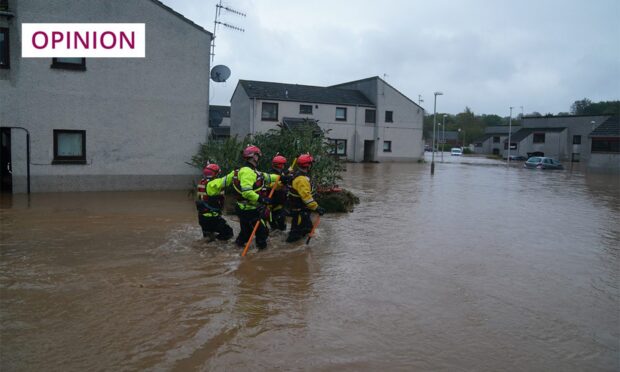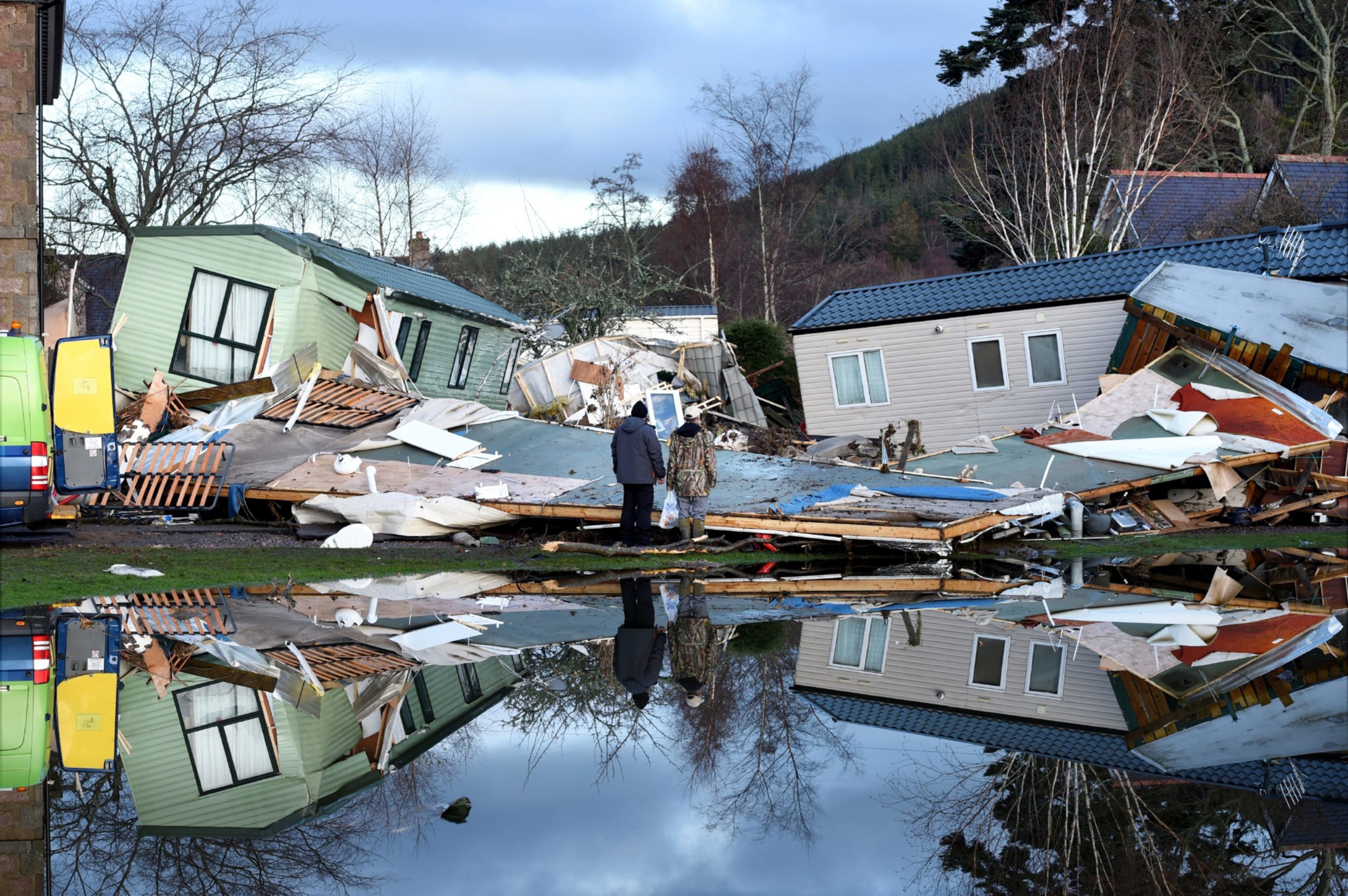Major flood events, like the recent Storm Babet that many are still reeling from, cause significant and long-lasting disruption to lives.
Our research suggests we’re going to experience the impacts of such extreme events more often, as we share increasingly busy spaces with the natural world. But there are some measures we can take to soften those impacts.
It starts with understanding what causes flooding. The recent flooding we’ve experienced is due to river water levels overtopping their banks. But there’s also surface water flooding caused by intense rainfall, groundwater flooding, and coastal flooding, caused by storm surges.
Factors that contribute to flooding include where we put new houses and developments, climate change (which is altering rainfall patterns and intensity), and how we manage the land in river catchments.
It is too early yet for the facts and figures on Storm Babet. But it is clear that during the storm, colossal volumes of water channelled down affected rivers across Aberdeenshire, Angus and Dundee, compared to levels normally experienced by local communities in these areas.
As the damage of the event is assessed, a wide range of impacts should and will be considered to help understand the full consequences for both humans and the environment. This includes property, infrastructure and personal damage, but also the huge amounts of precious resources like soil, fertiliser and seed that will have been displaced onto urban areas or washed out to sea.
Assessing the impact on people will be hard and should be looked at in both short and longer-term time frames. Our social scientists found that in the three years following Storm Frank in 2015, even long after homes had been restored, homeowners were still suffering with challenges such as securing home insurance. Impacts on physical and emotional wellbeing were also long lasting, while uncertainty over future flood risk protection and measures near their homes lingered.
What can we do about problematic flooding?
Taking a wider view, we know that flooding is a problem that’s not going away. So, what can we do about it?
I should say that not all flooding is bad: it can help shape rivers and floodplains which, historically, has left us with highly-prized farmland. But where it is a problem, there are several options.
Traditionally, the “go-to” is what some call “hard engineering”. This is where, for example, walls, embankments and engineered structures are built to protect towns and cities from flooding. However, as recent events have shown, these can be vulnerable.
Land management, using what’s called “natural flood management”, has a role to play. This is for more persistent, small to medium floods and works by delaying and reducing the peak of the flood. It’s a “nature-based” technique that helps to slow down, store and filter water within river catchments. As well as helping reduce flood events, it also provides wider benefits, such as improving water quality and riverside habitats.
‘Soft engineering’ helps to create a more biodiverse landscape and can supplement those hard engineering options – so we don’t have to keep building higher walls
These approaches do mean looking at whole river systems – not just the river but the tributaries and the land around them, so it can mean asking if we can manage the land differently.
Scotland has been at the forefront of driving this type of approach, and it’s a large focus of our work here at The James Hutton institute. It includes measures to slow runoff and reduce soil loss from fields through tree-planting and river and floodplain restoration.
Enhanced options also include soft engineering, such as wood placed in streams to create “leaky barriers”, or rock and soil barriers designed to hold water back like temporary mini-ponds that work even when soils are saturated. This also helps to create a more biodiverse landscape and can supplement those hard engineering options – so we don’t have to keep building higher walls.
There isn’t a single simple answer
Large river catchments and larger flood events mean greater water storage requirements, and new ideas around what’s called “adaptive storage” on floodplains. This is where we don’t just let the water out onto floodplains, but also actually hold on to it and slow it down.
But managing large floods at large scales is a challenge, and we need every trick in the book. Such measures need a lot of land and a lot of it is privately owned. So, we need to look at how we do flood risk management on private land, working with those stakeholders, as well as planners and local authorities.
There isn’t a single simple answer. Massive storms, as recently seen, could not have been mitigated simply using land management measures, and require adaptation of how we live alongside rivers and coasts, as well as reinforcing our respect for nature.
For many, new approaches to manage and cope with floods will feel unfamiliar and daunting, and may seem complex. We will need education around the solutions, collaboration across the public and private sphere and, importantly, community involvement.
Professor Marc Stutter is a senior environmental and biochemical scientist at the James Hutton Institute



Conversation